The artist would move out his atelier to the sea shore where he would capture the moods of the seaand the play of sunrays on its glass surface. He invariably followed the light that waves picked for a fascinating dance thus balancing his soul in harmony with the mild radiance of the silent sea or with the ferocious torches kindled with atavistic power.
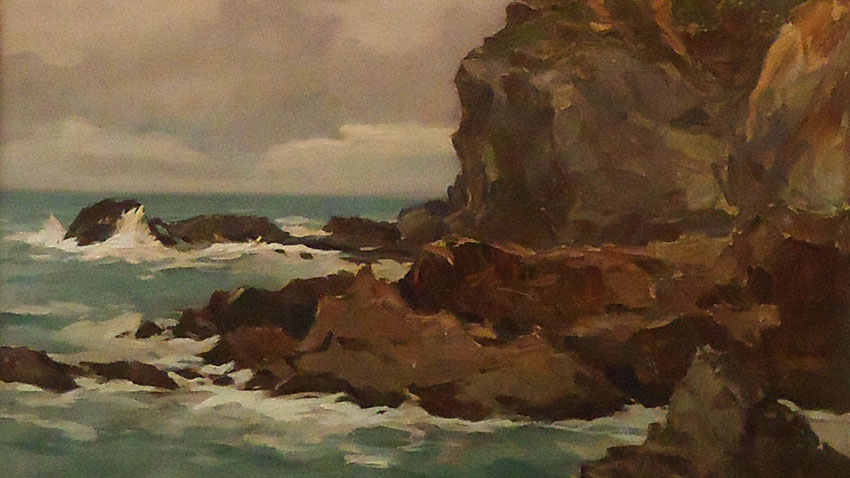
The National Art Gallery in Sofia has mounted in its halls the marine landscapes of Mario Zhekov (born on 16 Oct. 1898) to mark the 120th birth anniversary of the great marine artist. He was born in Stara Zagora and throughout his active life studied the ever changing sea mirroring serene sunsets and prominent cliffs or raging in storms.
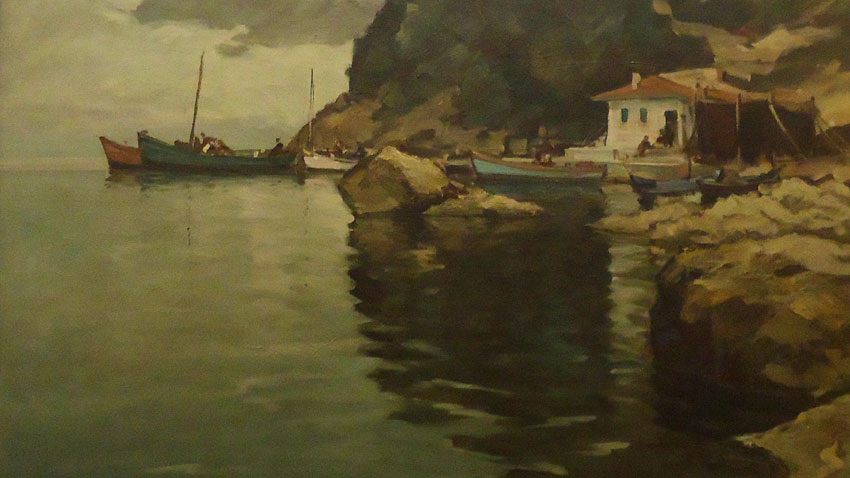
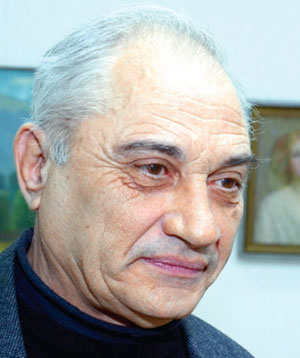 Mario Zgekov is among the few Bulgarian painters whom we could rightfully term marine artists, says Prof. Marin Dobrev, Director of the City Art Gallery in Stara Zagora. He devoted his entire life to art – to the sea, to water, traveling to France, to its Riviera, but also to the coasts of Aegean, Dalmatia and the Black Sea. The artist was always where there was plenty of sun, and his wakeful spirit was always looking for challenges to face with his tripod and coated cardboard.
Mario Zgekov is among the few Bulgarian painters whom we could rightfully term marine artists, says Prof. Marin Dobrev, Director of the City Art Gallery in Stara Zagora. He devoted his entire life to art – to the sea, to water, traveling to France, to its Riviera, but also to the coasts of Aegean, Dalmatia and the Black Sea. The artist was always where there was plenty of sun, and his wakeful spirit was always looking for challenges to face with his tripod and coated cardboard.
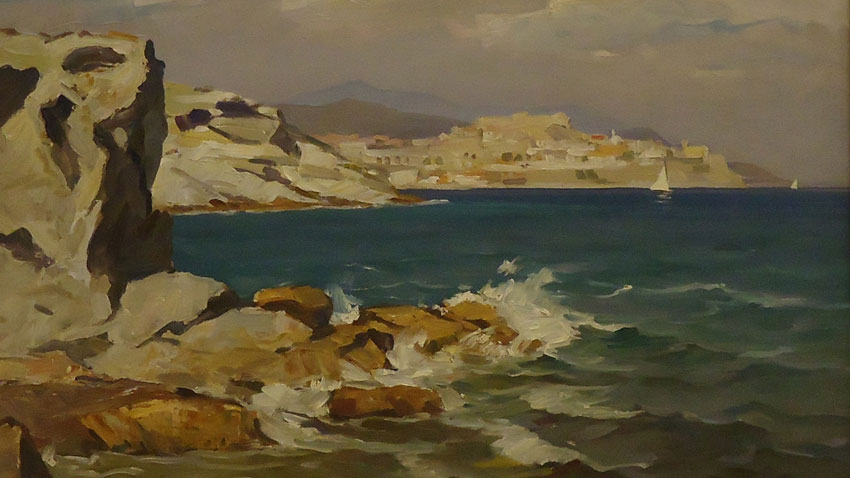
A fateful encounter in times of war gave the artist a direction. While in 1917 the allies were attacking the positions of the Bulgarian army at Doyran, Mario Zhekov was taken into captivity and a French soldier encouraged him to study painting in France. Four years later Zhekov left for Constantinople determined to board a ship and pursue his French dream but his savings were not enough to buy him a ticket. Off the Bosporus however, he made his first steps as a marine artist creating dozens of drawings and watercolors – thus preparing for the Art School in Paris where he enrolled in 1924 and for his encounter with the painting magic of Henri Matisse and the so-called fauvists.
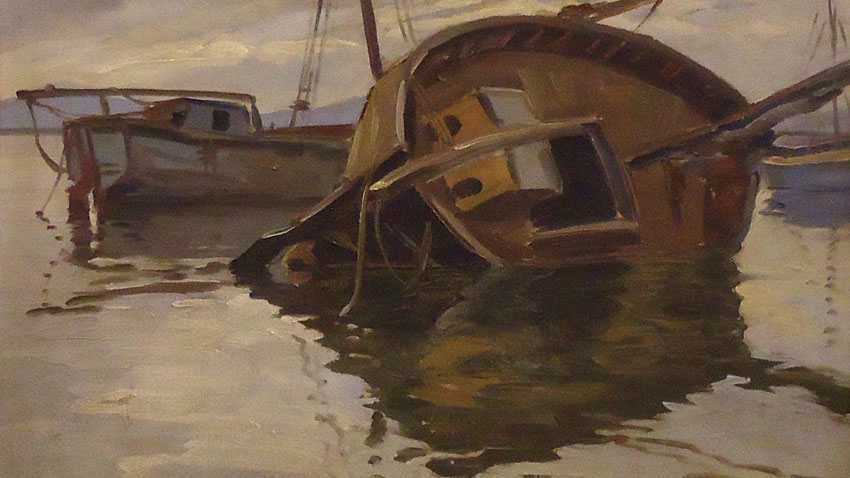
The artist regarded the sea as a universe in which he sought an expression of his inner world. At the beginning it was the contemplation of the sea, and only later the borderline between the sea and the shore where the stationary clashed with incessant dynamism, Prof. Marin Dobrev says further. He later added human figures to his works though in the background and wrote that he was mostly interested in people related to the sea – fishermen knitting their fishing nets and dragging their sailing boats.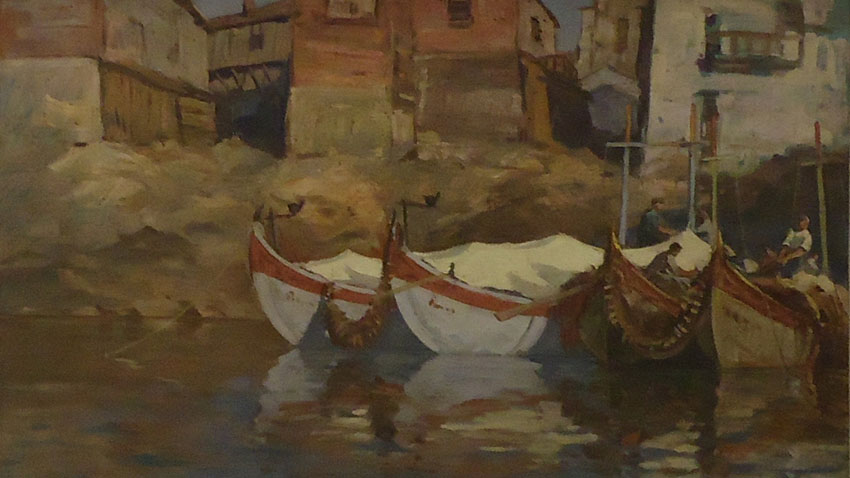
And although the landscapes from the Balkan Range, Veliko Tarnovo, Dryanovo, the Rhodope Mountains, Mount Rila and the Danube were also a challenge for him, it seemed that his creative power derived from even a little river running between trees or old houses. Painting it was a way for him to pursue his dream of bringing together light, air and water.

In 1926, Mario Zhekov returned to his home country where he opened an exhibition and made a name as a master of marine art. Ten years later he moved to Dalmatia. In Dubrovnik he painted his most important works imbued with color and light – as if the breathtaking city had been created for Zhekov’s painting. In the meantime his pieces were accepted well by the galleries of a few Croatian cities and one-artist displays featured his works in Belgrade, Zagreb, Budapest and Bucharest.
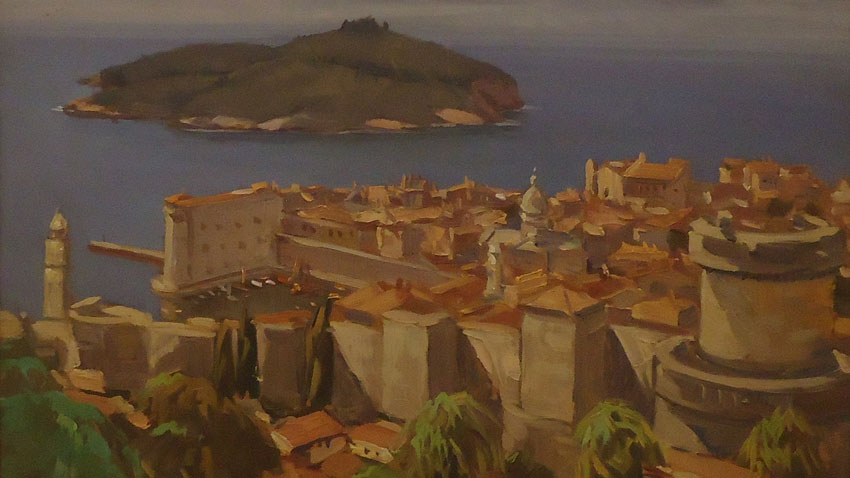
The communist regime in Bulgaria established in the aftermath of 1944 however, put to an acid test the freedom-loving character of the artist and he increasingly sought refuge by the sea and its cliffs, Prof. Marin Dobrev also says. The sea that used to be so vivid in his paintings started to lose color.
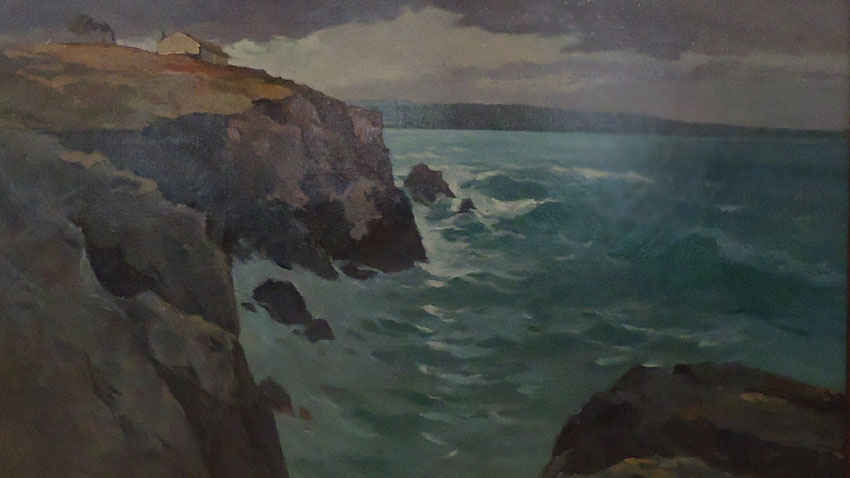
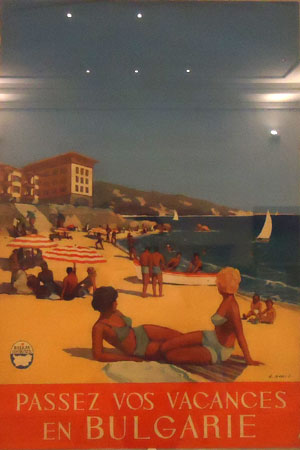 By the end of his life along with landscapes, Mario Zhekov was involved in set design for a few theater houses as well as in design of brochures for Bulgaria’s tourism industry. Unfortunately his plans to release a calendar with 12 watercolors from various corners of Bulgaria remained incomplete when the artist died of cancer in 1955.
By the end of his life along with landscapes, Mario Zhekov was involved in set design for a few theater houses as well as in design of brochures for Bulgaria’s tourism industry. Unfortunately his plans to release a calendar with 12 watercolors from various corners of Bulgaria remained incomplete when the artist died of cancer in 1955.
The captivating marine landscapes of Mario Zhekov are on display at the National Art Gallery in Sofia until 16 September 2018.
English
Daniela
Konstantinova
Photos:
Diana
Tsankova
An exhibition titled "PICASSO: Graphics from the National Gallery Collection " will open at 18:00 pm this evening at Kvadrat 500 in Sofia. The National Gallery's collection includes twenty-one graphic works by Picasso, thematically connected to his..
Turning a new page, 2025 comes with hope and faith in better days, in peace that will prevail, in happiness and love. On the first day of January - Golyam Sechko, as it is known in the Bulgarian tradition - the mood is upbeat and smiles are everywhere...
"Thank you to Petar Angelov, Michaela Velichkova, Sonia Chakarova and all the members of the representative folklore ensemble Shevitsa for the wonderful performance they gave to the people of Tsaribrod on the occasion of the upcoming holidays," wrote..
An exhibition titled "PICASSO: Graphics from the National Gallery Collection " will open at 18:00 pm this evening at Kvadrat 500 in Sofia. The..

+359 2 9336 661
